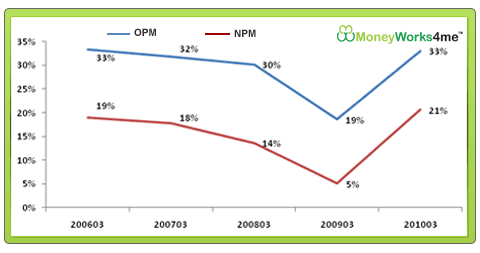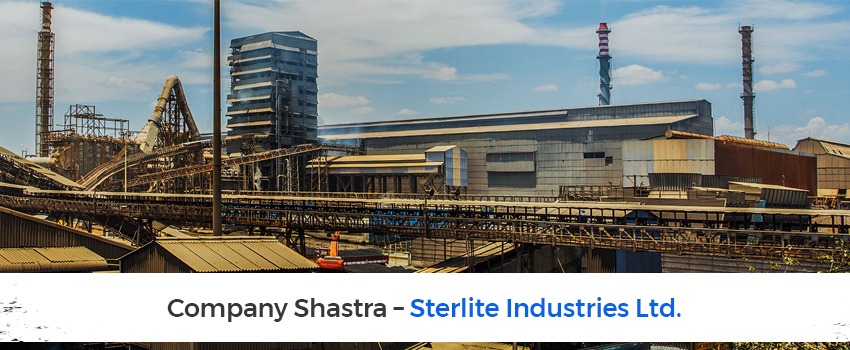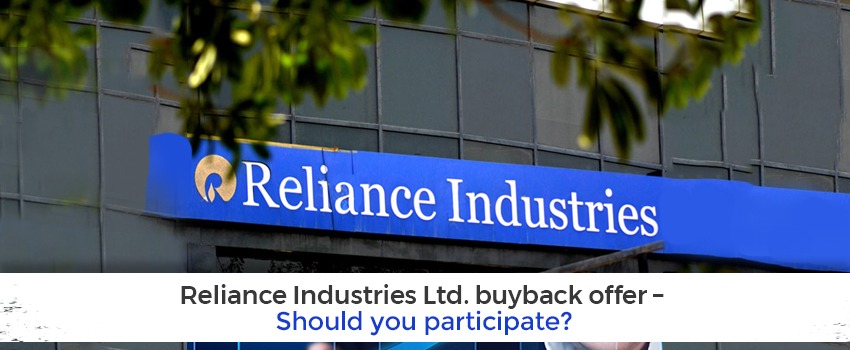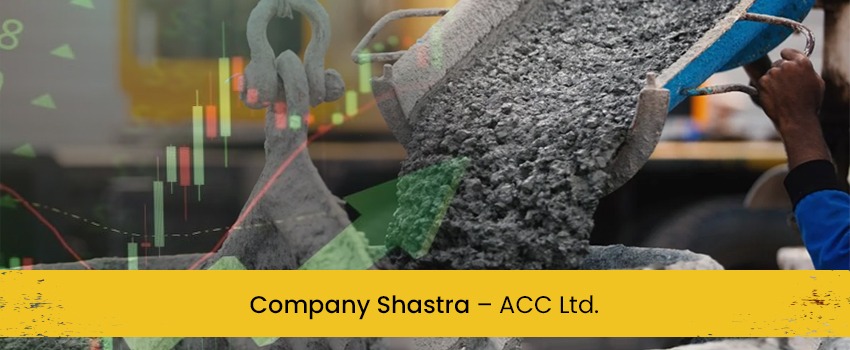State-controlled Coal India Ltd. (CIL) has come out with its IPO – the largest IPOs offered in India till date. CIL, which is also the world’s largest coal mining company, plans to raise up to Rs 15,475 crore through the IPO. This listing will make it one of the largest companies in India in terms of market capitalization. Institutional and retail investors have been eagerly awaiting this IPO. Experts and media are already terming it a great success. But again, experts and media also predicted that Reliance Power’s IPO would be a great success and highly profitable for retail investors. But post listing, what retail investors witnessed was a bloodbath and loss of their hard earned money. It is always important to know the actual worth of your investment. However, in case of IPOs, retail investors are clueless about the valuation of the stock most often. Their eagerness to subscribe for the IPO is guided mainly by the expected listing gains and the possibility of making a quick buck. In this blog we present our analysis of Coal India’s forthcoming IPO and why it is a good bet not only from a listing perspective but also for the long term.
About the company
CIL is the largest coal producing company in the world, with raw coal production of more than 431 million tons in FY 2010. With a total of 64,218.0 million tons of total reserves, it is also the largest coal reserve holder in the world, based on its reserve base as of April 1, 2010. India is the world’s third largest producer and consumer of coal; and coal produced by CIL accounted for approximately 81.9% of the coal production in India in fiscal 2009.
Why should you invest?
Monopoly Status:
In the Indian coal market, CIL enjoys a status of virtual monopoly. CIL fulfills more than 80% of the country’s coal demand. With the company planning to increase its supply in the future, this market share is expected to go up. The prices quoted by CIL are lower than the international coal prices making it the most preferred coal supplier in India.
Washed Coal Business to Increase Margins:
Washed coal has less ash and more moisture than the raw coal product and commands premium pricing. CIL currently operates 17 coal beneficiation facilities that convert raw coal into washed coal. It is planning to develop additional 20 coal beneficiation facilities with an aggregate additional feedstock capacity of 111.10 MTPA. This increase in beneficiation capacity will increase the production share of washed coal. CIL expects that sale of washed coal will increase its net realisation by almost 50%, thus helping the company take its annual topline growth to 25-30% starting from 2013-14.
Higher Open-cast Share to Increase Margins:
We also expect the share of underground mining to decrease from current 10% of total production to less than 5% in coming years, and because of this, the cost structure of the company will change significantly. Underground mining costs almost 3-4 times more than Open-cast mines. This will also increase the profit margins of the company.
Favourable Demand-Supply situation:
The situation of coal market in India is that of under supply, compared to its demand. According to coal ministry, domestic supply of coal is lower than its demand by over 67mn tones; i.e. supply is 11% higher than its demand. This supply-demand mismatch has been filled through imports. To match the ever rising coal demand, CIL plans to increase its production capacity and acquire mines abroad. These initiatives will significantly increase the turnover of the company in coming years.
Power Sector to Drive Growth:
According to CRISIL Research, the total capacity addition in the power sector during the next five years (fiscal 2010 to 2014) is expected to be approximately 66 GW; and out of this, coal based capacity additions are expected to be approximately 52 GW. This is expected to take the total capacity of coal based power plants about 130 GW, by 2013-14. Further, over 90% of the capacity additions, scheduled to be commissioned by private players is are expected to be coal-based. Increasing demand from the power sector will significantly increase CIL’s revenue in coming years. Also, higher demand from private power generators will increase realisation for CIL even further, due to its pricing power with private players.
Impressive Financial Performance:
We have looked at CIL’s financials on a consolidated basis, as most of its mining work is done through its 11 subsidiaries, which are engaged in the development and operation of coal mines. CIL’s performance has been impressive in the last five years. The company has maintained almost 40% ROE on an average in the last five years. A very low debt on company books and efficient resource management have resulted in a very impressive Return on Invested Capital (ROIC) of 58% on an average over the last five years. CIL’s Earnings have grown by 20% CAGR in last three years. Also a huge reserve of close to Rs 20,000 crore makes it one of the most financially strong companies in the country. CIL has more than Rs 39,000 crore in the form of cash and deposits with banks (approximately Rs. 62 per share). This will help the company in its planned expansions and mine acquisitions abroad, without putting much strain on its balance sheet.
The company has reported a very good financial performance in FY2010. It reported revenues of Rs 46,684.29 crore (15% growth y-o-y) in FY2010 and reported a huge jump in net profit with Rs 9607.753 crore. Going forward, we estimate CIL to grow its sales by 15% and net profits by 20-25%.

Margin Strength:

In the last five years, CIL has maintained very impressive operating and Net Profit Margins. Its OPM has been more than 30% on an average, except in FY2009. Similarly, the company has clocked more than 15% NPM in last five years with a high of 21% in FY2010. Going forward, with the management looking to enter the washed coal segment more aggressively, we can expect further increase in OPM and NPM.
What are the Concerns?
Low Pricing Power:
Although CIL enjoys a monopoly position and faces no restriction on the coal prices from the Government, it doesn’t enjoy much pricing power in the market. This is mainly because higher sales proceed from lower grade coal and lower share of untreated (unwashed) coal.
Adverse effect of illegal mining and pilferage of coal from captive mines:
CIL’s operations have been adversely affected by illegal mining and pilferage of coal from its mines. Unauthorized extraction and pilferage of coal from its mining areas have been increasing, primarily due to increase in market prices for coal and increased black-market demand for coal.
Proposed MMDR Bill:
This proposed bill will require CIL to keep 26% of its net profits for the resettlements and rehabilitations of affected communities, due to mining projects. This may hamper its net margin in the future.
What should you do now?
CIL is offering 63.16 crore equity shares through the IPO, which will raise Rs 15,400 crores. The price band for this most eagerly awaited public issue has been fixed at Rs.225-245 per share; and employees of Coal India and retail investors will get 5% discount to the issue price. With this 5% discount, the maximum price a retail investor would pay is Rs 233.
According to MoneyWorks4me analysis, the IPO looks very sensibly priced and available at an attractive valuation. Looking at all the scenarios, we estimate that the company will continue to grow its EPS at 18-20% on an average, in the coming years. Considering the growth prospect we expect CIL to trade at the earnings multiple of 15 going forward. If we consider CIL Chairman Mr. Partha S. Bhattacharya’s aggressive earnings growth estimates of 25-30% for next decade, this IPO looks heavily discounted. However, considering a PE multiple of 15 and our conservative EPS growth rate band of 18-20%, the MRP (Intrinsic value) band per share of CIL would be Rs. 320 – Rs.375.
Thus, the stock’s offer price of Rs. 233 for retail investors is at a discount of around 27%-38% to its MRP. Considering the huge demand for coal in future and its monopoly position, CIL is a very good long term bet for retail investors.
Combining this with the attractive valuation we advice retail investors to consider subscribing to the issue, from a long term perspective.







Hi VinayYes, there has been a jump in its EPS from Rs 7-8 to Rs 15 in FY2010 and is appearing out of line because of the sudden dip in FY2009 profit. In FY 2009 CIL’s employee cost went up by more than 55% mainly because of revised higher pay provisions, PF and VRS. This jump in expenditure led to a massive fall in profit and hence EPS. Had the expenditure been consistent the EPS wouldn’t be have appeared so low. In FY2010, CIL reported a higher net sales with normal expenditure. This has resulted in an EPS of Rs 15. Also, besides for FY2009 the company has always maintained very good margins. We expect that low EPS in FY2009 was one time problem and hence it can be expected that CIL would continue to grow in future.